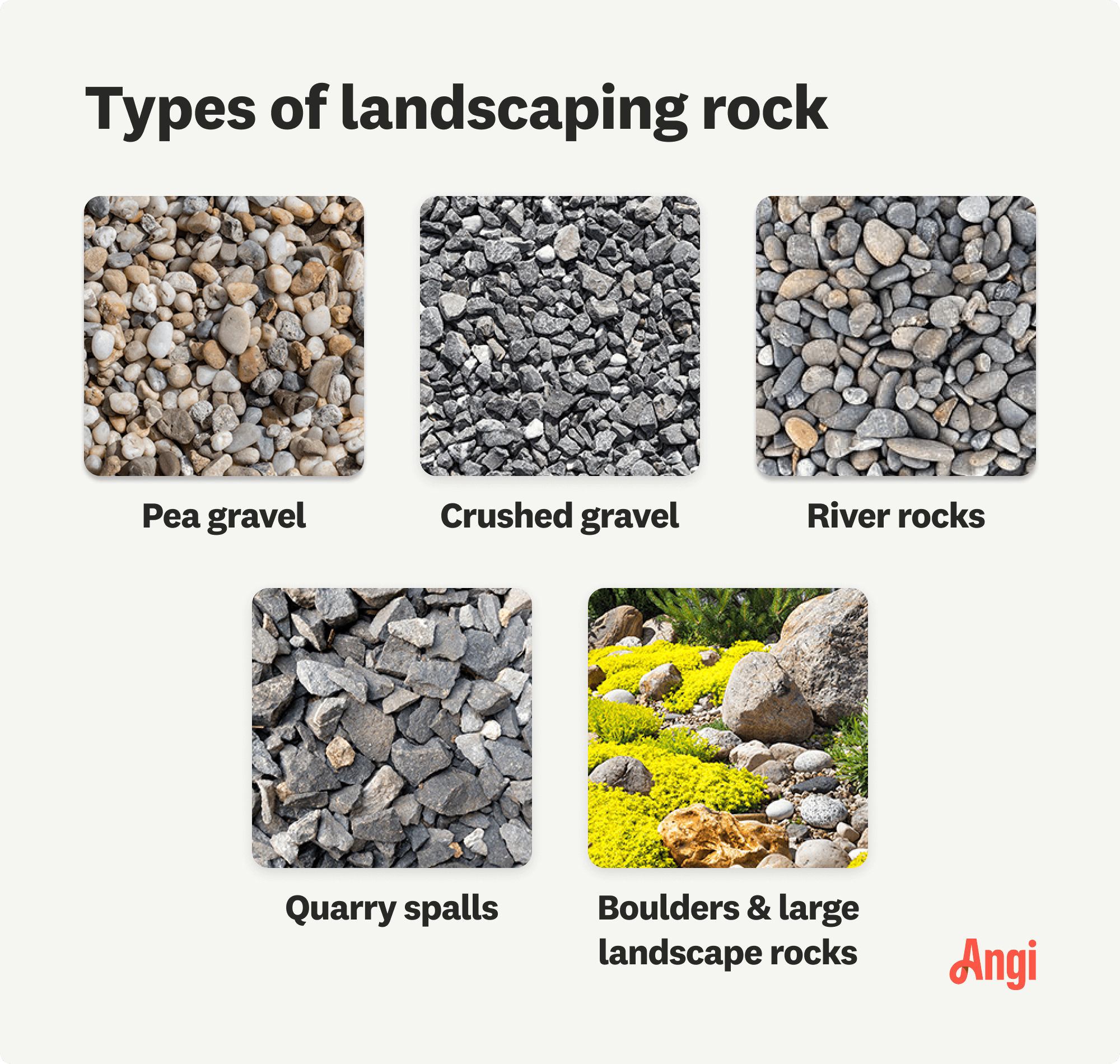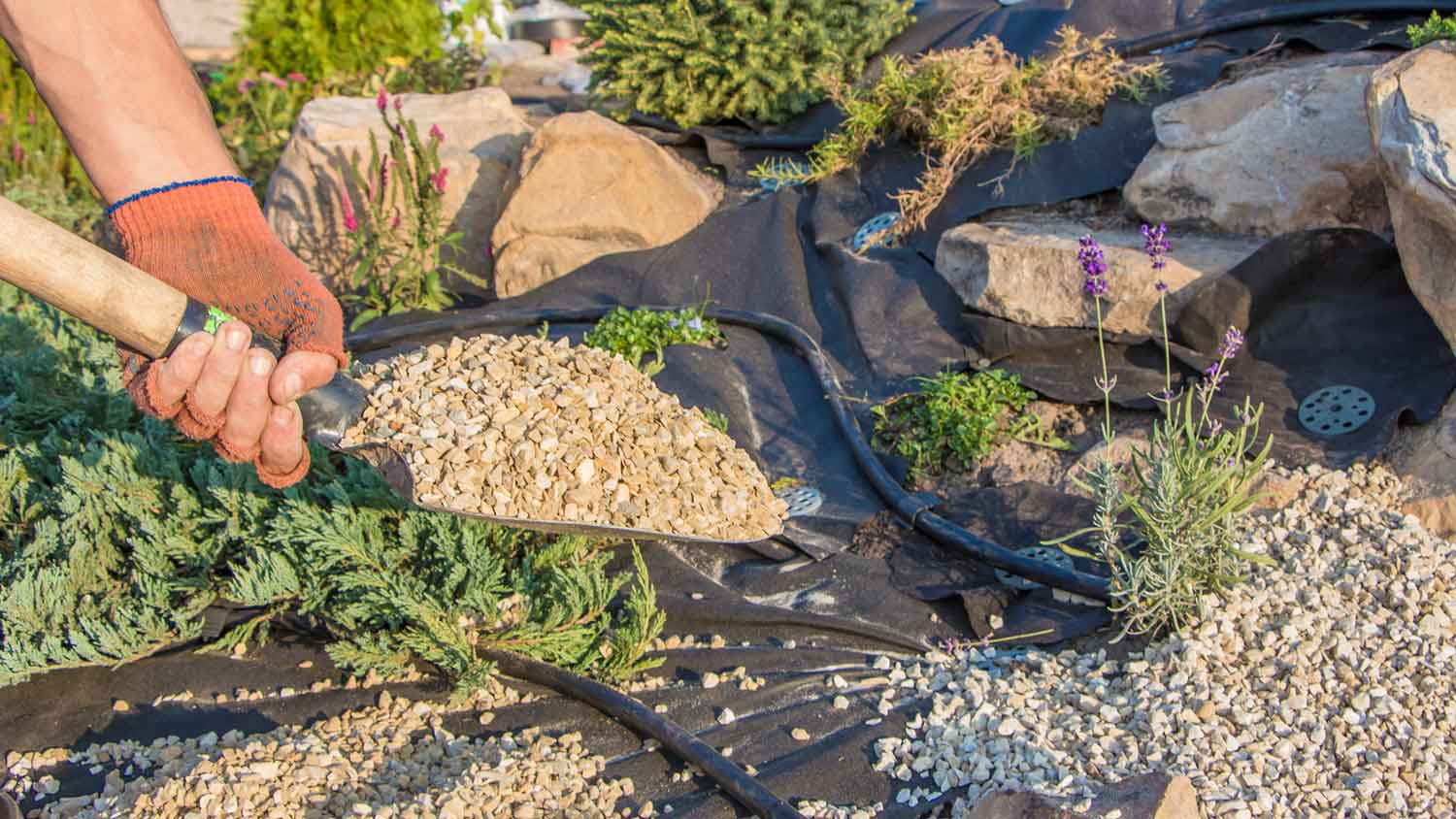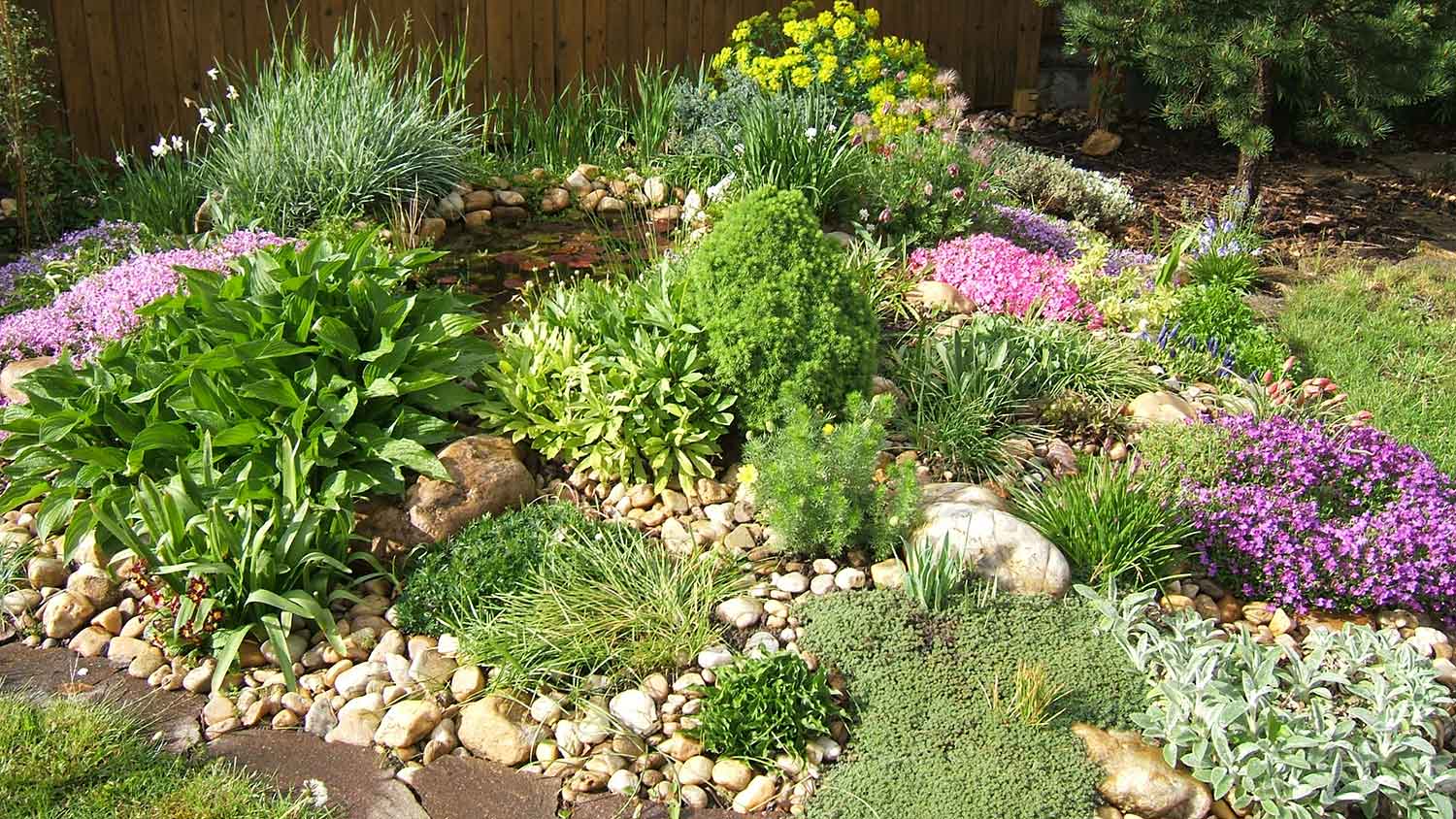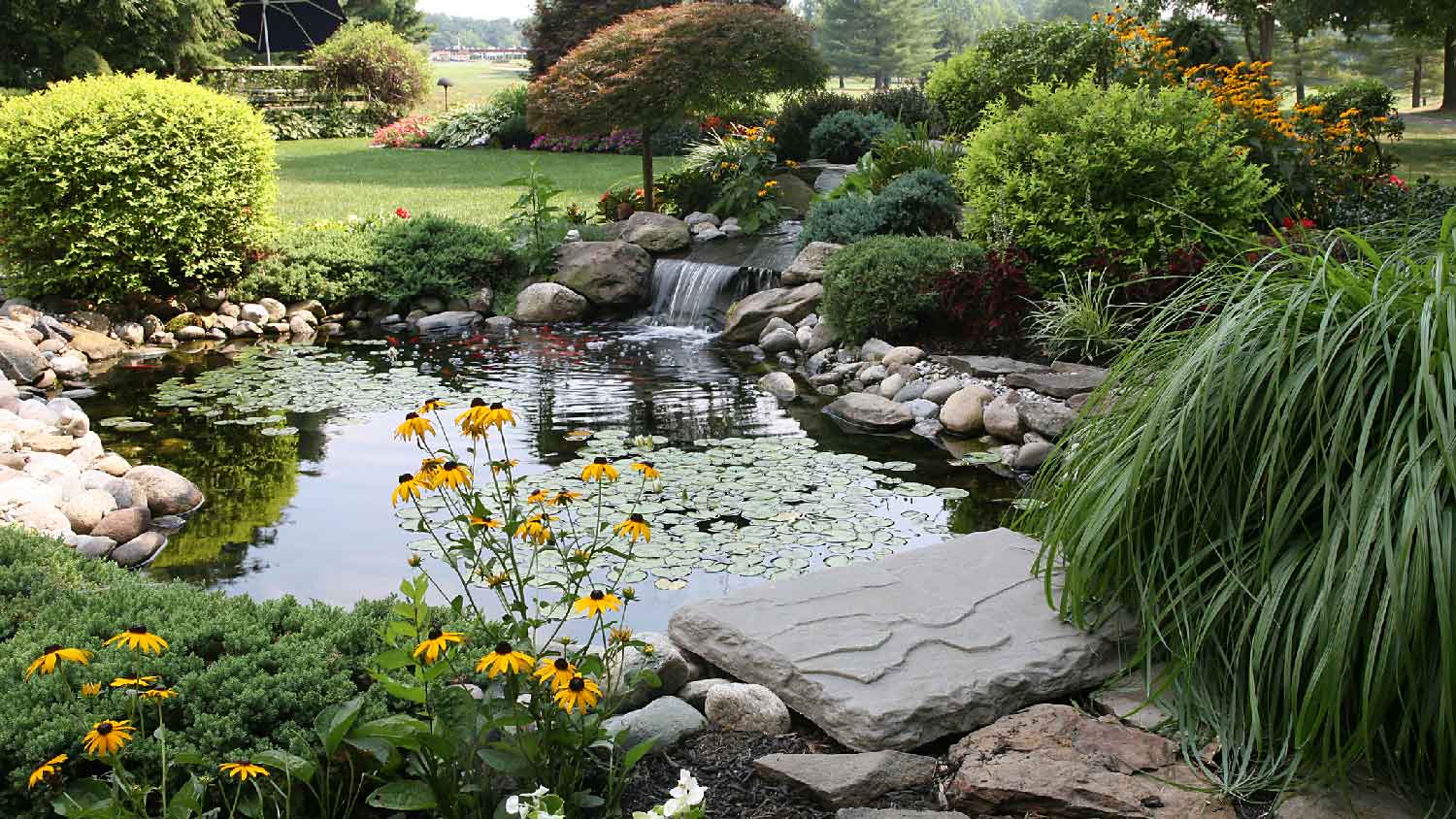
Leveling your yard can help with drainage and prevent damage to your home. Learn the cost to level a yard and what factors can affect the price.
Keep these decorative features from washing away


Landscape rocks of all sizes are used in plant beds, drainage systems, retaining walls, walkways, and more. These landscaping materials accentuate your landscape design but can be moved out of place by water, soil erosion, and everyday wear. Use these seven tips to keep landscape rocks in place so your yard looks great no matter what.

One way to use landscaping rocks is in plant beds or similar clearly defined areas. Installing edging in these areas can keep the rocks from escaping into the rest of your yard. Edging is available in materials to suit every type of landscape design and can be made of plastic, metal, wood, brick, and more. Edging is a great way to define plant beds and keep them visually separate from the rest of the yard while containing the rocks within.

Another option to keep smaller landscaping rocks like crushed stone or pea gravel in place is to install landscaping fabric under the rocks. This fabric helps deter weed growth and provides traction to keep rocks from sliding around. Be sure to choose a permeable landscaping fabric to help with drainage and soil health.
Rocks used on a hill or slope may need special preparation to help them stay in place. If you need to regrade around your house foundation, you’ll need to take a few extra steps to create a solid base when it comes time to re-landscape the area if you’re using landscaping rocks.
Adding crushed gravel under the soil can help with stability for medium-sized rocks, while larger rocks like boulders may need additional support from sand or concrete. A local yard grading company can let you know the best way to prepare your yard for landscaping rocks.
Small landscaping rocks, particularly those used in high-traffic areas like walkways and patios, are especially prone to being knocked out of place. Rock and mulch adhesive is designed to bond these materials, creating a more solid surface that’s harder to dislodge.
You can create just about any landscape design on a hill, but if you have a severe slope a professional landscaper can help install new drainage. Pooling water can lead to damaged plants and yards.

Adding plants in between landscaping rocks can help support medium-sized rocks by strengthening the ground with their root systems and preventing soil erosion, which can cause shifting and settling. Low-maintenance, hardy plants that are resistant to weather and have strong but shallow root systems are the best choice for rock support.
Without proper drainage, landscaping rocks can easily wash away after heavy rain. Landscaping rocks are often used in drainage ditches, so installing proper drainage where you’re using rocks can not only keep the rocks in place but also help your home’s drainage system work more efficiently. The cost to install a drainage system is anywhere between $10 and $100 per linear foot.
Medium and large landscaping rocks can be used to create features like walkways or steps, which help stabilize the soil on a slope or incline, allowing you to use smaller landscaping rocks with less chance of movement.
For steeper slopes, consider adding a retaining wall. The benefits of a retaining wall include added support and protection from erosion. Hire a hardscape contractor to build a retaining wall—if the job isn’t done right, it can cause flooding or collapse. Retaining walls cost an average of $3200 to $9200, depending on the slope of the ground and the size of the wall.
From average costs to expert advice, get all the answers you need to get your job done.

Leveling your yard can help with drainage and prevent damage to your home. Learn the cost to level a yard and what factors can affect the price.

We break down the cost to remove bamboo, which is slightly higher than other forms of tree removal. It's a difficult DIY task because of bamboo's hardy underground roots.

Leveling your yard can help with drainage and prevent damage to your home. Learn the cost to level a yard in Columbus, OH, and what factors can affect the price.

Erosion can affect anyone who lives on a hillside, but it’s a particular problem for waterfront property owners. Stop erosion in your yard with these tips.

How big is your pond? Knowing how much water your pond can hold will help you choose the right treatments for it and the proper number of aquatic life.

Do you tip landscapers? Talking about tipping is often seen as a taboo, but there are a lot of nuances to getting the numbers right. This guide can help.